COLUMBIA, S.C. (AP) — South Carolina prison officials told death row inmate Richard Moore on Tuesday that he can choose between a firing squad, the electric chair and lethal injection for his Nov. 1 execution.
State law gives Moore until Oct. 18 to decide or by default he will be electrocuted. His execution would mark the second in South Carolina after a 13-year pause due to the state not being able to obtain a drug needed for lethal injection.
Moore, 59, is facing the death penalty for the September 1999 shooting of store clerk James Mahoney. Moore went into the Spartanburg County store unarmed to rob it and the two ended up in a shootout after Moore was able to take one of Mahoney's guns. Moore was wounded, while Mahoney died from a bullet to the chest.
He is appealing to the U.S. Supreme Court to stop the execution. Moore, who is Black, is the only man on South Carolina’s death row to have been convicted by a jury that did not have any African Americans, his lawyers said. If he is executed, he would also be the first person put to death in the state in modern times who was unarmed initially and then defended themselves when threatened with a weapon, they said.
South Carolina Corrections Director Bryan Stirling said the state's electric chair was tested last month, its firing squad has the ammunition and training and the lethal injection drug was tested and found pure by technicians at the state crime lab, according to a certified letter sent to Moore.
Freddie Owens was put to death by lethal injection in South Carolina on Sept. 20 after a shield law passed last year allowed the state to obtain a drug needed for lethal injection. Before the privacy measure was put in place, companies refused to sell the drug.
In the lead up to his execution, Owens asked the state Supreme Court to release more information about the pentobarbital to be used to kill him. The justices ruled Stirling had released enough when he told Owens, just as he did Moore in Tuesday's letter, that the drug was pure, stable and potent enough to carry out the execution.
Prison officials also told Moore that the state’s electric chair, built in 1912, was tested Sept. 3 and found to be working properly. They did not provide details about those tests.
The firing squad, allowed by a 2021 law, has the guns, ammunition and training it needs, Stirling wrote. Three volunteers have been trained to fire at a target placed on the heart from 15 feet (4.6 meters) away.
Moore plans to ask Gov. Henry McMaster, a Republican, for mercy and to reduce his sentence to life without parole. No South Carolina governor has ever granted clemency in the modern era of the death penalty.
Moore has no violations on his prison record and offered to work to help rehabilitate other prisoners as long as he is behind bars.
South Carolina has put 44 inmates to death since the death penalty was restarted in the U.S. in 1976. In the early 2000s, it was carrying out an average of three executions a year. Nine states have put more inmates to death.
But since the unintentional execution pause, South Carolina’s death row population has dwindled. The state had 63 condemned inmates in early 2011. It currently has 31. About 20 inmates have been taken off death row and received different prison sentences after successful appeals. Others have died of natural causes.
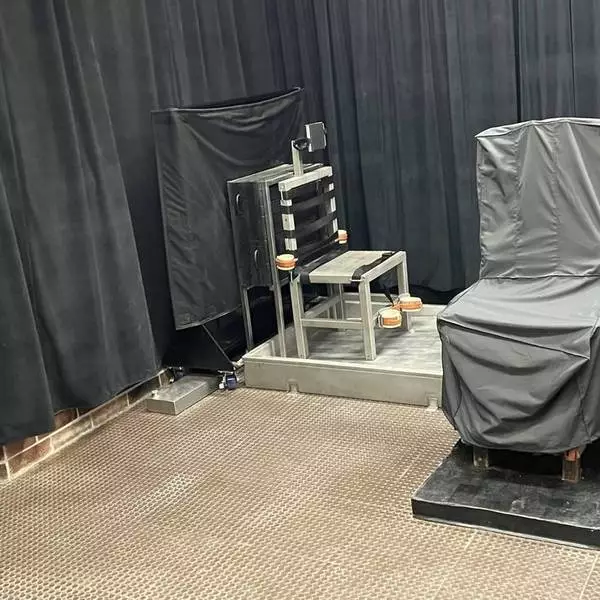
South Carolina death row inmate told to choose between execution methods
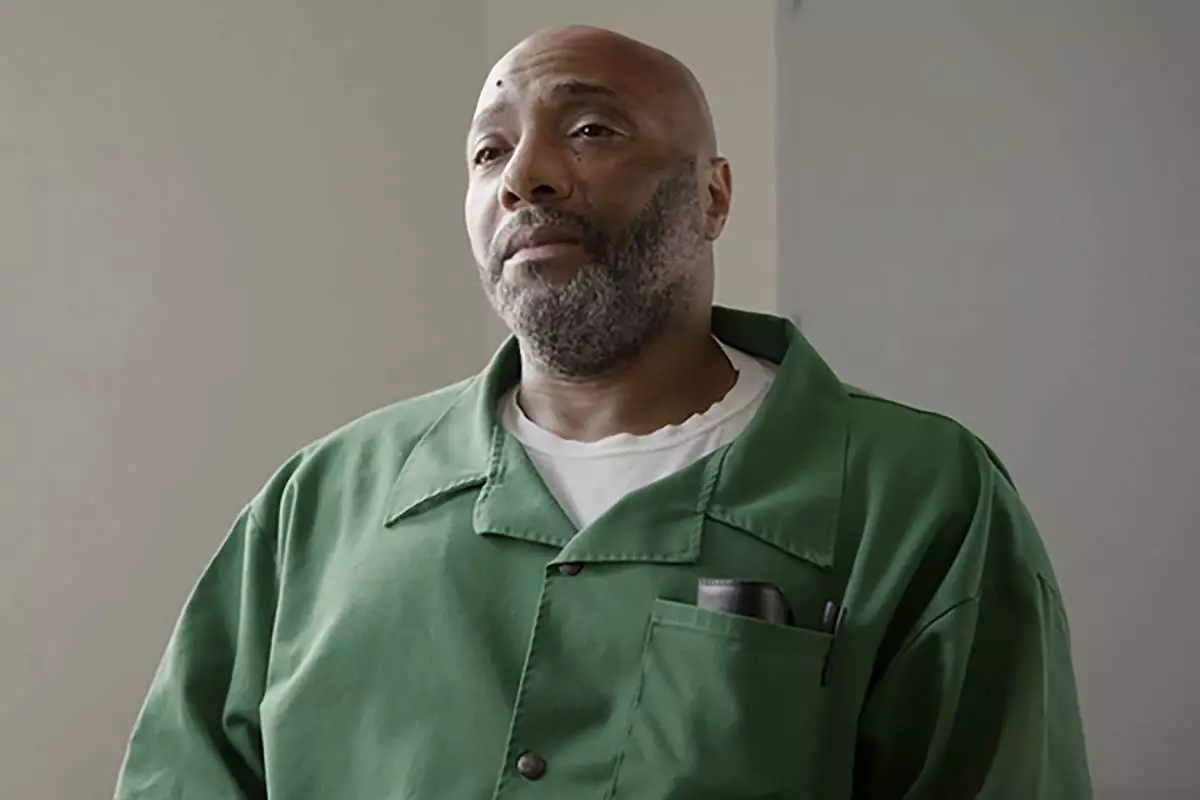
This photo provided by Justice 360 shows death row inmate Richard Moore at Kirkland Reception and Evaluation Center in Columbia, S.C., Aug. 17, 2018. (Justice 360 via AP)
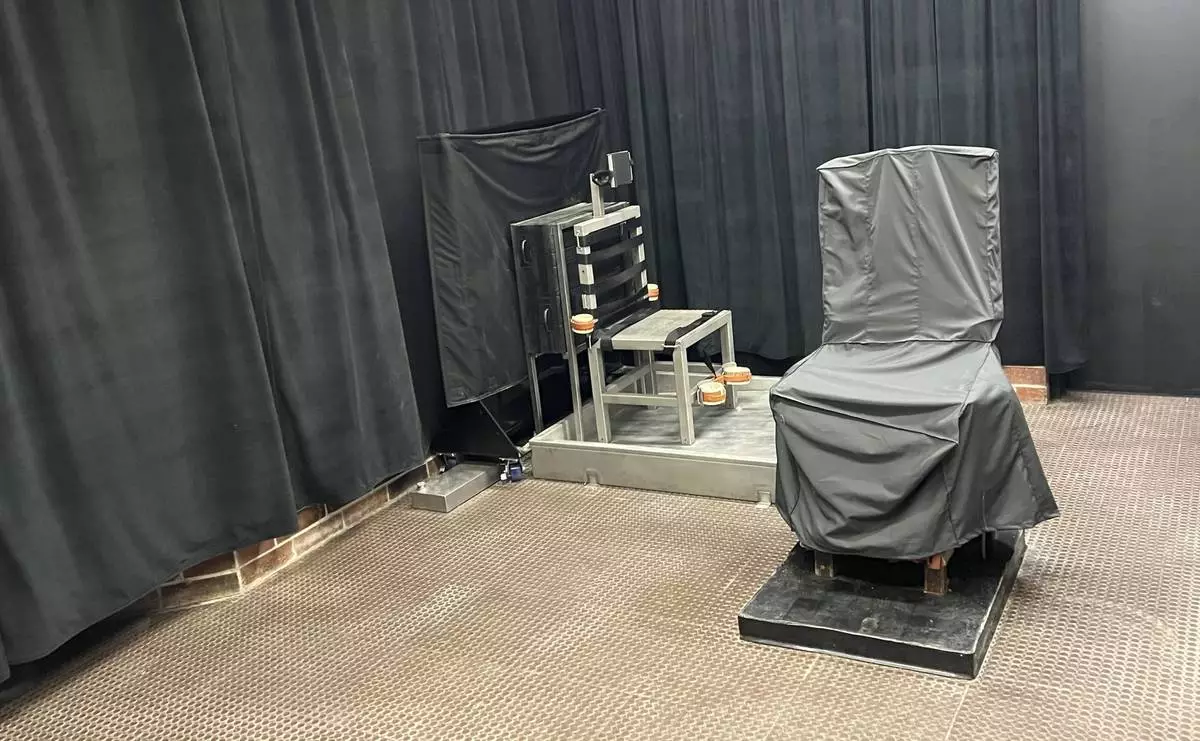
FILE - This undated photo provided by the South Carolina Department of Corrections shows the state's death chamber in Columbia, S.C., including the electric chair, right, and a firing squad chair, left. (South Carolina Department of Corrections via AP, File)
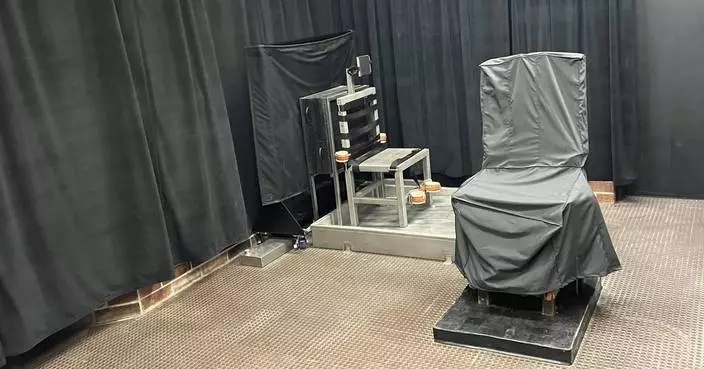
South Carolina death row inmate told to choose between execution methods
PORTLAND, Maine (AP) — An uncommon system of voting could be central to which party controls the U.S. House this fall — or even the presidency.
In Maine and Alaska, voters in competitive congressional districts will elect a winner using ranked choice voting.
Rather than cast a single vote for their preferred candidate, voters rank their choices in order of preference on the ballot. If a candidate is the first choice of more than 50% of voters in the first round of counting, that candidate is the winner.
But if no candidate surpasses 50%, the count continues in round two. The candidate with the fewest votes is eliminated, and voters who chose that candidate as their top pick have their votes redistributed to their next choice. This continues with the candidate with the fewest votes getting eliminated until someone emerges with a majority of votes.
Ranked choice voting has become more popular in recent years, particularly at the municipal level.
Voters in two dozen cities and counties — from New York and Minneapolis to Boulder, Colorado — used ranked choice voting in 2023, according to FairVote, a nonpartisan organization that advocates for the expansion of ranked choice voting. Seven other cities voted in favor of preserving, adopting or expanding ranked choice voting.
Proponents of ranked choice voting argue the system encourages candidates to build broader coalitions, eliminates the spoiler effect and discourages negative campaigning. Opponents say it’s confusing and can result in a candidate without the largest number of first-choice votes ultimately prevailing.
Because they take place over multiple rounds that are tabulated only once all first-choice votes are counted, elections in Alaska and Maine that advance to ranked choice are often resolved a week or more after Election Day.
Maine adopted ranked voting in elections in 2016 in a statewide referendum. It is used in all statewide primaries with more than two candidates. In general elections, it is used for federal offices including the presidency but not in state races, such as for governor or the Legislature, because it runs afoul of the Maine Constitution.
It quickly came into play — twice — in Maine’s 2nd Congressional District. Then-GOP Rep. Bruce Poliquin won the most first choice votes in 2018, but lost to Democratic Rep. Jared Golden when votes were reallocated after removing the third- and fourth-place finishers. The process repeated four years later when Golden beat Poliquin in a rematch.
A federal judge twice upheld the constitutionality of ranked voting in separate challenges by Poliquin in 2018 and a group of voters in 2020.
This year, only two candidates are explicitly on the ballot in the 2nd District — Golden and Republican Austin Theriault — but the race could nonetheless go to ranked choice voting because votes will be counted for a third candidate whose write-in candidacy has been recognized by the state.
If no first-round winner receives a majority of the vote on Election Day, then the ballots are shipped to the state capital, where the ballots are entered into a computer. The process takes about a week before the final tally is run and the winner declared.
Alaskans approved the use of ranked choice voting in a 2020 statewide initiative. It is used in all general elections, including for the presidency, but not in state primaries. Alaska’s state primaries are open, so all candidates, regardless of party, run on the same ballot and the top four vote-getters advance to the general election.
Presidential primaries are different. Candidates can make the ballot by winning a recognized party's primary or successfully petitioning the state Division of Elections. This year, there will be eight presidential tickets on the ballot in Alaska; voters can rank all of them if they choose.
The first use of ranked choice voting — and when it first came into play — was in a 2022 special election for the state’s at-large congressional district. Now-Rep. Mary Peltola, a Democrat, received the most votes in the first round of voting, while two Republican candidates finished second and third. She surpassed 50% of the vote when the third-place candidate was eliminated.
Peltola went on to win the regularly scheduled election, which also used ranked choice voting, later that year. She faces Republican Nick Begich, one of the two candidates she defeated in 2022, and two others in November.
Republican Sen. Lisa Murkowski was reelected in 2022 in a race that went to ranked choice voting.
Alaska will vote next month on a ballot measure that would repeal the state’s new open primary and ranked choice general election system.
The more candidates in a race, the more likely it is that candidates will split the vote and nobody will win a majority, advancing the election to ranked choice voting. The presidential ballots in Maine and Alaska will include more than just Democrat Kamala Harris and Republican Donald Trump, so it's possible those states' races could wind up going to ranked choice voting.
Maine is one of two states that gives an electoral vote to the winner of each congressional district along with two to the statewide winner, and ranked choice voting could go into effect if no presidential candidate receives a majority in one of the districts.
In 2020, before Alaska's ranked choice voting was in place, Trump received about 53% of the state's vote. Democrat Joe Biden won Maine with about 53% of the vote that year.
Sweedler reported from Washington.
Read more about how U.S. elections work at Explaining Election 2024, a series from The Associated Press aimed at helping make sense of the American democracy. The AP receives support from several private foundations to enhance its explanatory coverage of elections and democracy. See more about AP’s democracy initiative here. The AP is solely responsible for all content.
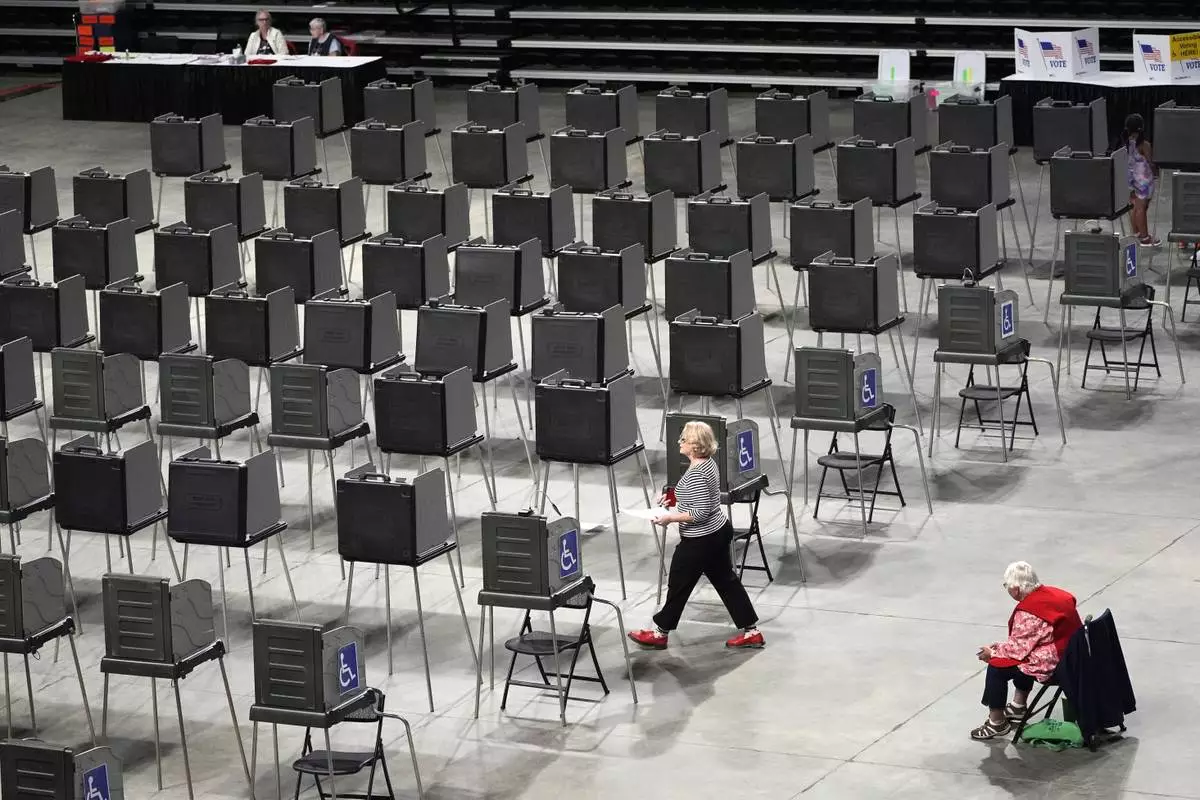
FILE - A voter has dozens of booths to choose from as she prepares to cast her ballot in Maine's primary election, Tuesday, June 11, 2024, in Bangor, Maine. (AP Photo/Robert F. Bukaty, File)
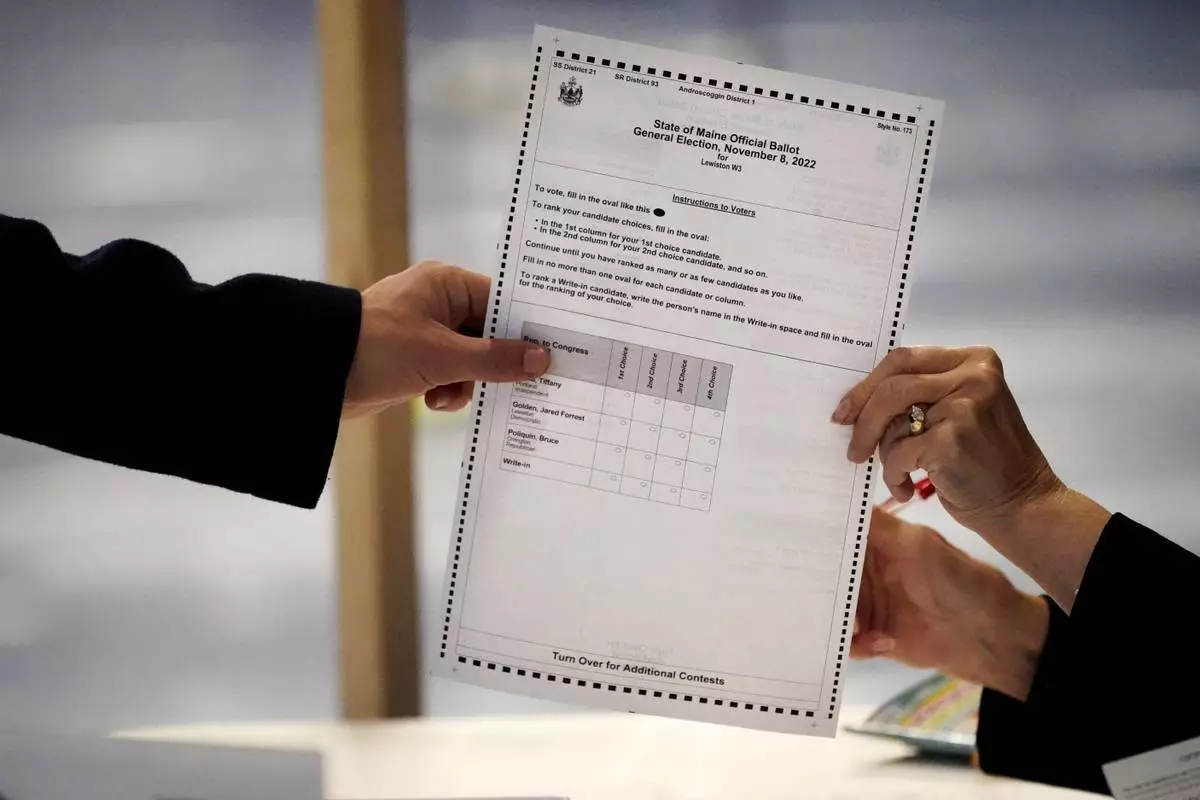
FILE - A clerk hands a ballot to a voter on Election Day, Tuesday, Nov. 8, 2022, in Lewiston, Maine. Maine uses a ranked-choice voting system for some of its election races. (AP Photo/Robert F. Bukaty, File)
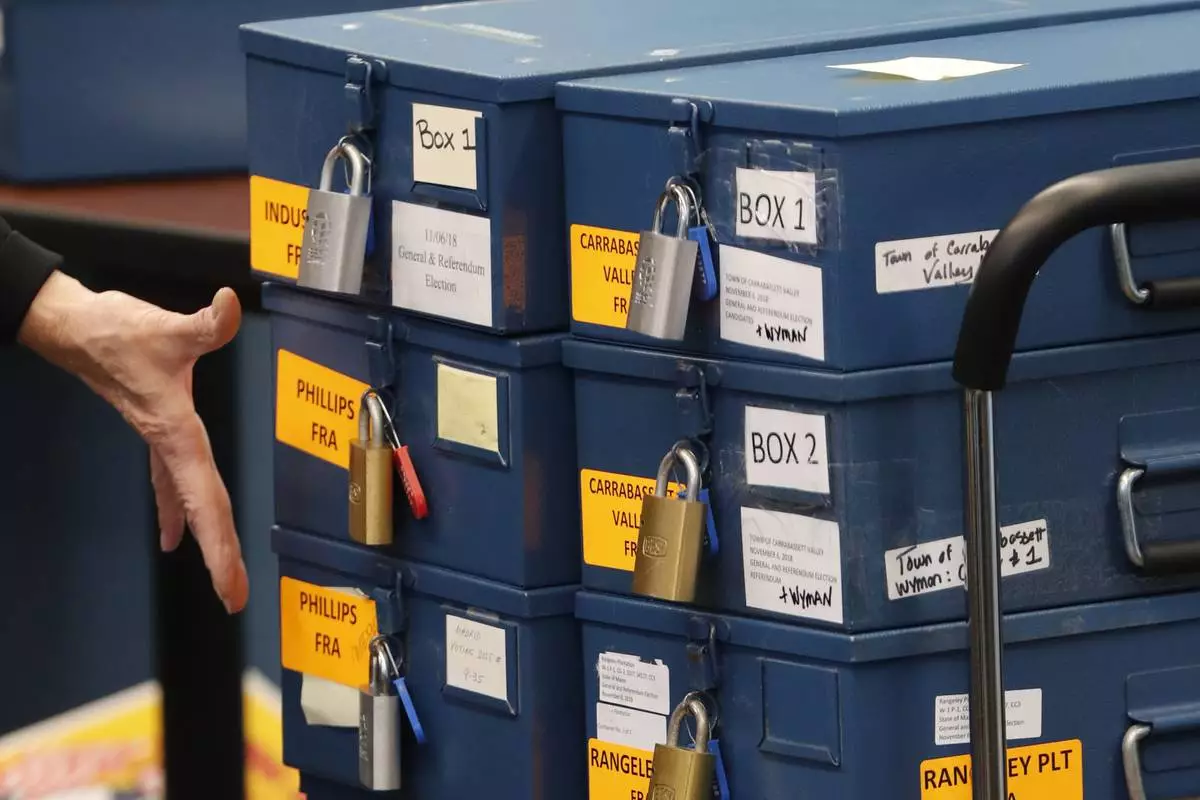
FILE - Ballot boxes are brought in to for a ranked choice voting tabulation in Augusta, Maine, Nov. 12, 2018. (AP Photo/Robert F. Bukaty, File)
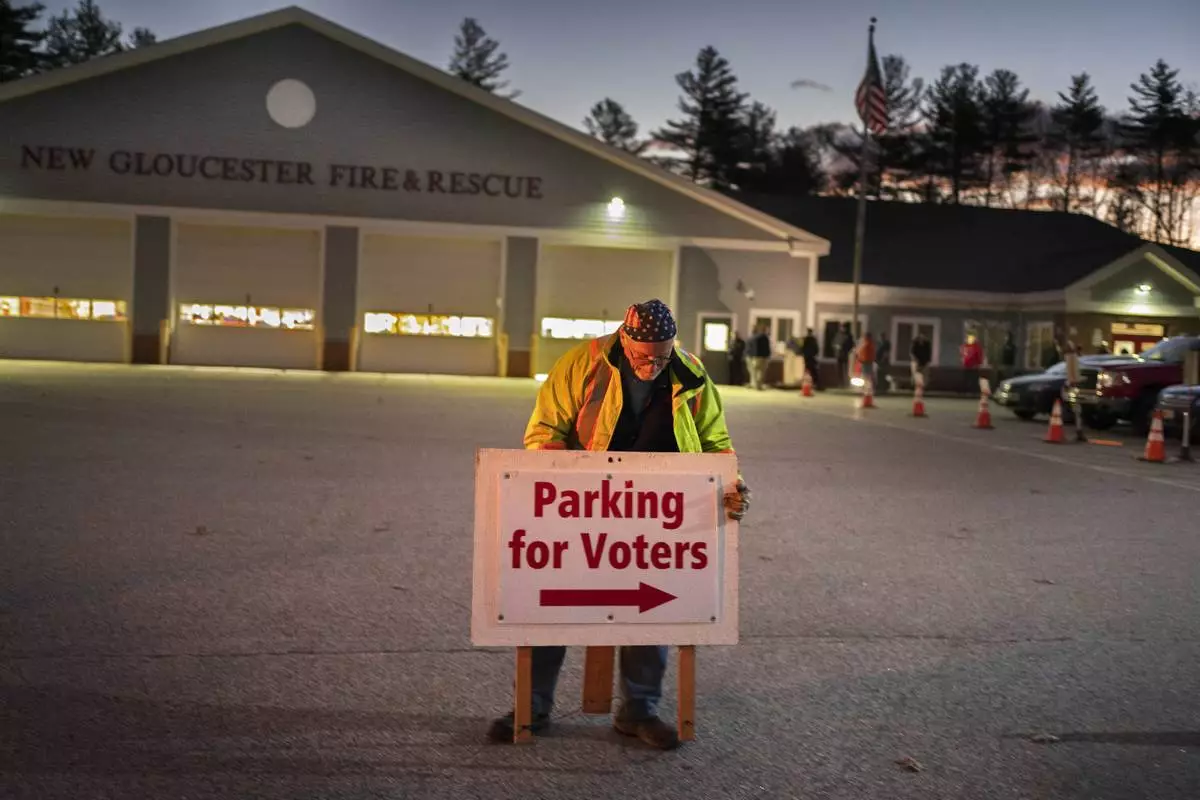
FILE - Roy McPhail sets up a sign shortly before the doors opened to voters at 6:00 a.m. at the fire station, Tuesday, Nov. 8, 2022, in New Gloucester, Maine. (AP Photo/Robert F. Bukaty, File)

















